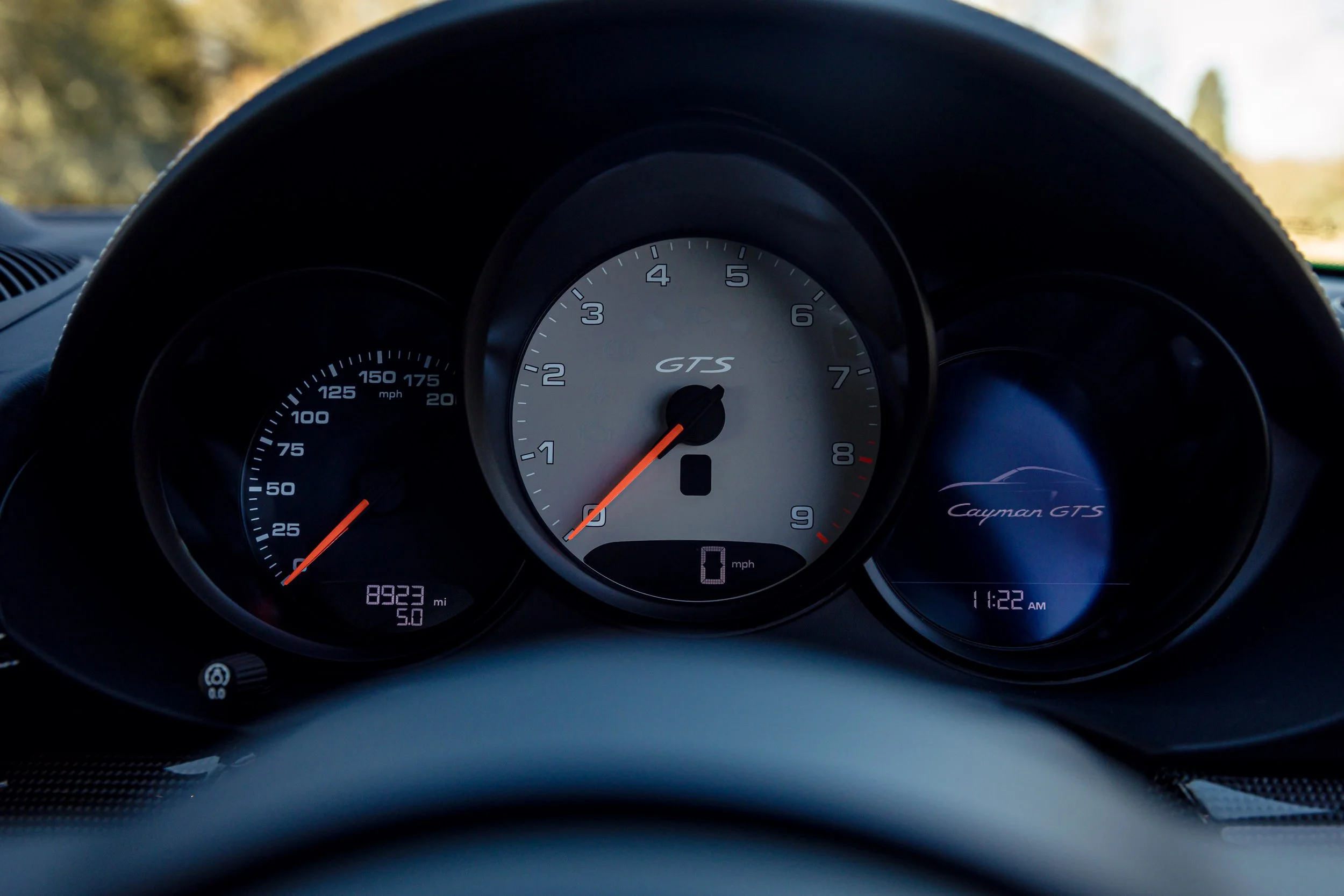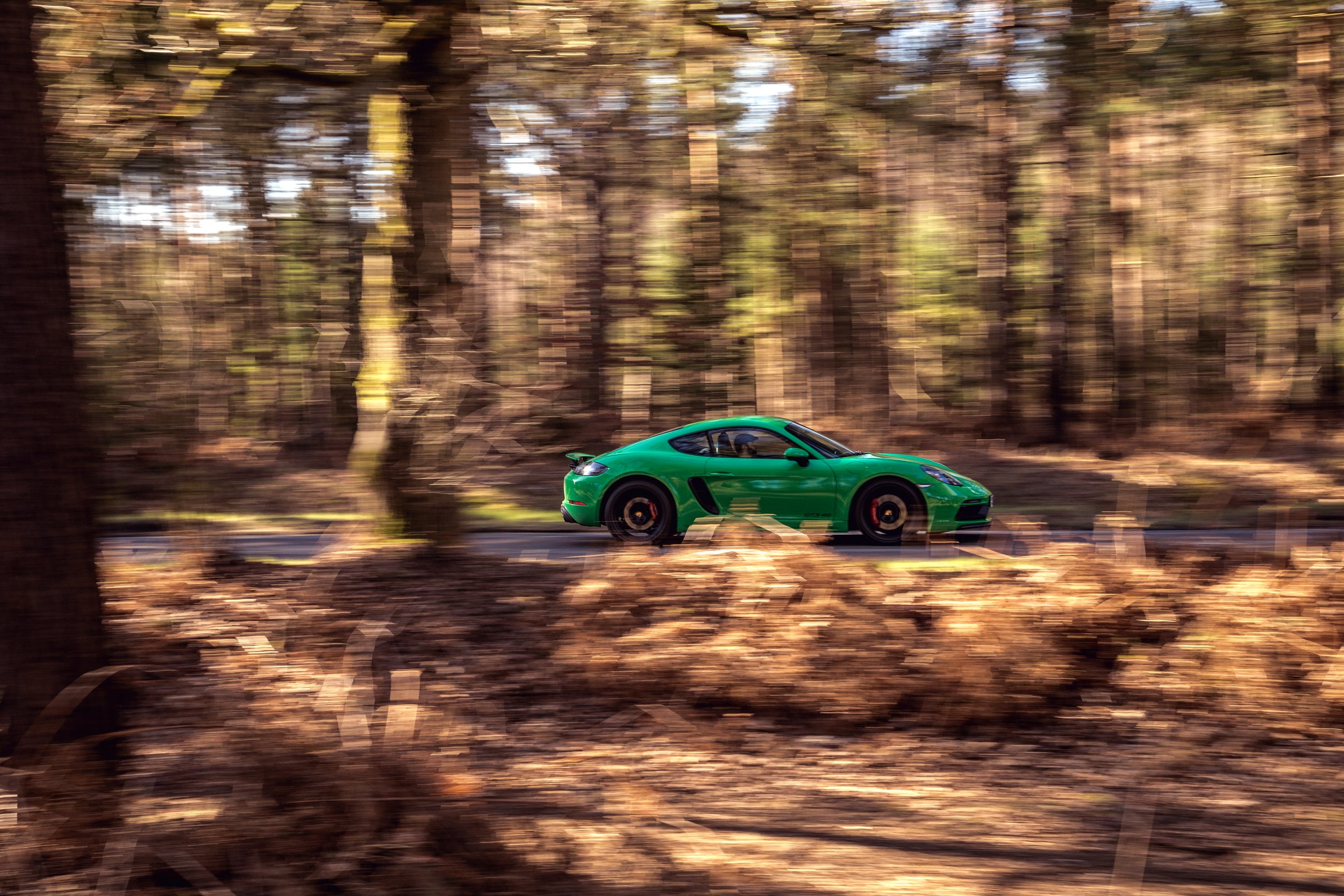
Road Test: Porsche 718 Cayman GTS 4.0
The Porsche 718 Cayman comes with a flat-six engine and a manual gearbox. Do sports cars get any better?
WORDS: Mark Rose | PHOTOS: Dom Ginn
Apple and Samsung’s decision to remove the charging brick from the box when you buy a new phone was controversial, to say the least. Of course, both companies attempted to justify their actions by suggesting the move will help to reduce e-waste and therefore save the planet and the human species from its imminent demise. If you want a new phone charger, you now have to buy it separately, and needless to say, large tech companies are very good at up-selling you in to something you never thought you would actually need.
However, the philosophy behind taking something away and then blaming the state of our environment is nothing new, and when Porsche released the 718 Cayman and Boxster a few years back, that’s precisely what they did. The trade-off for leaner fuel bills and fewer emissions was the loss of two cylinders. Yep, Porsche replaced their famous flat-six engine with 2.0 and 2.5 litre, 4-cylinder turbocharged motors for the 718 range. This sacrilegious act had the car community spitting feathers like a fox regurgitating an overweight pigeon, and left the Germans with no choice but to make a U-turn. The flat-six was reinstated for the Cayman GT4 and 718 Spyder, and then only months later, it made its way downstream to the GTS models. Praise the Lord.
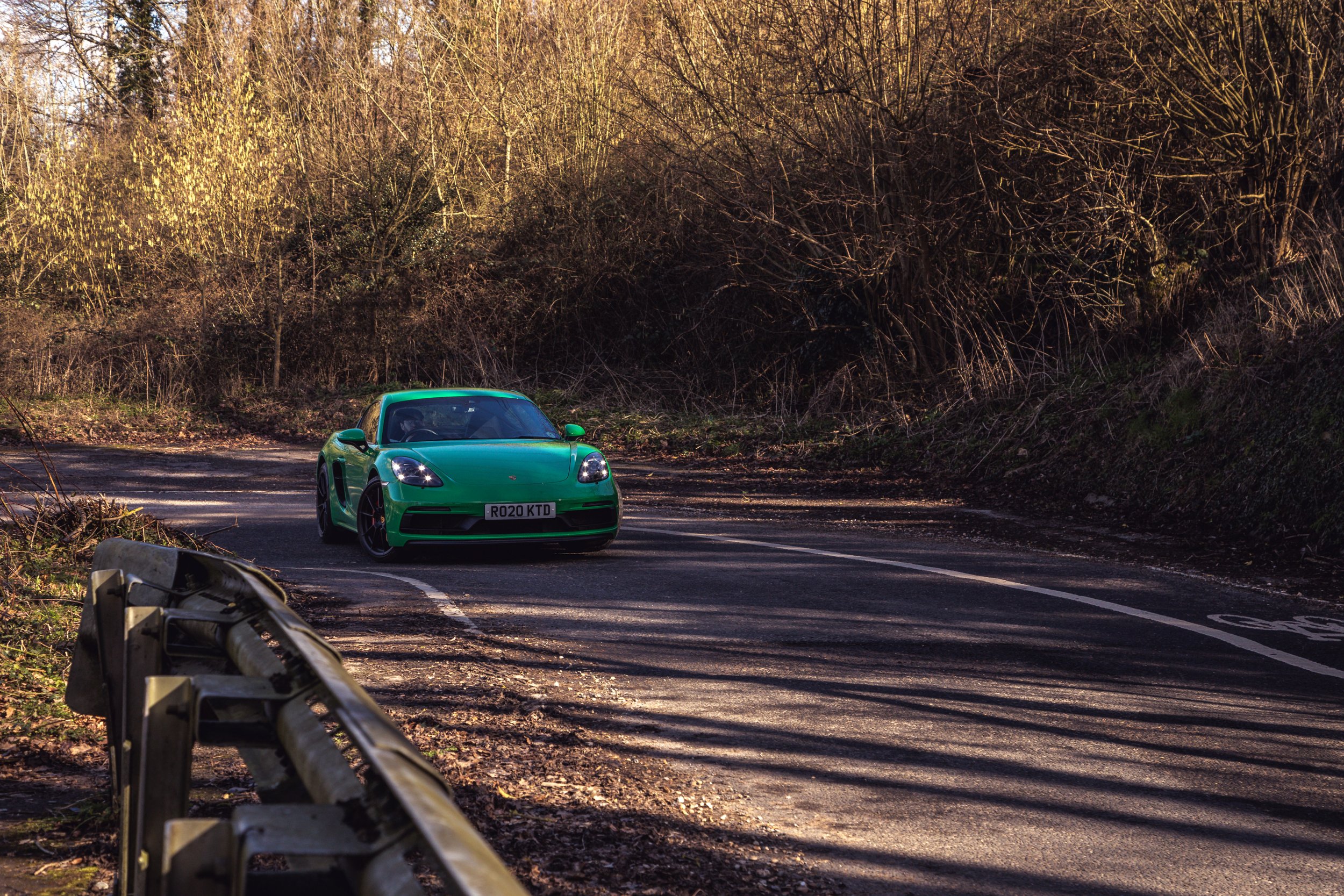
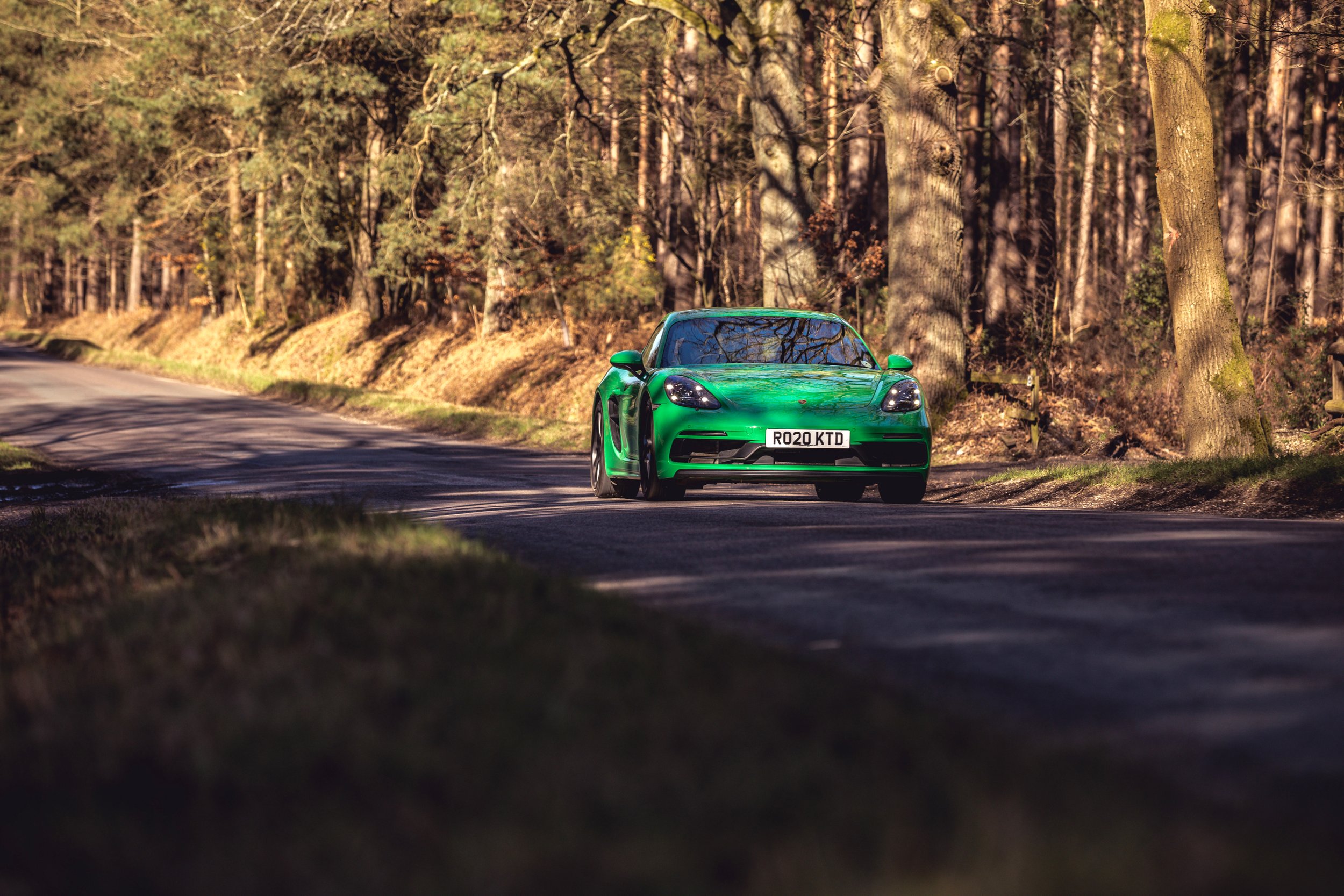
Cards on the table. I tested the 4-cylinder Cayman a couple of years back and actually quite enjoyed it. It’s still a good sports car and if you hadn’t driven the 6-cylinder previously then you couldn’t miss what you never had. But diving in to the latest GTS 4.0 highlights why you should skip the lesser variants if possible. Swapping out the motor isn’t just a heart transplant, it brings with it a complete change in personality and adds a level of excitement that the smaller engines can’t match. The engine in the GTS is a masterpiece. A mid-mounted, naturally aspirated, 4.0 litre flat-six that produces 395bhp at a lofty 7,000rpm, and 310lb ft between 5,000 and 6,500rpm. It delivers everything you want from a nat-asp motor. Instant throttle response, linear power delivery and a climatic top end. It asks you to work for the performance and then rewards you for it as it howls its way to just shy of 8,000rpm. Zero to 62mph in 4.5 seconds and a top speed of 182mph seem like par for sportscar course, and in truth, it feels like the correct amount of performance for the public road, but the real delight is found in wringing out every last rpm and working your way through the six-speed manual gearbox.
GTS 4.0 comes as standard with the manual box and PDK is optional, but if you actually care about driving you should grab the one that comes with three pedals. It’s not a gearbox without its quirks though, and there are a couple of issues concerning the long gearing and heavy clutch. If the ratios were shorter, you would be able to test the extremities of the rev range on a more regular basis. Fortunately, the engine offers up a healthy serving of mid-range poke so you’re never left without performance irrespective of which gear you’re in, but some shorter gearing would still be welcome. The clutch is also noticeably heavy. When you get busy on a backroad you soon become accustomed to it, but when you’re using the Cayman for daily activities, operating the third pedal does become something of a chore. Generally, though, the six-speed manual with its short throw and rifle bolt feel is a real highlight of the package and adds a dimension of involvement that even the best dual-clutch transmissions can’t replicate.
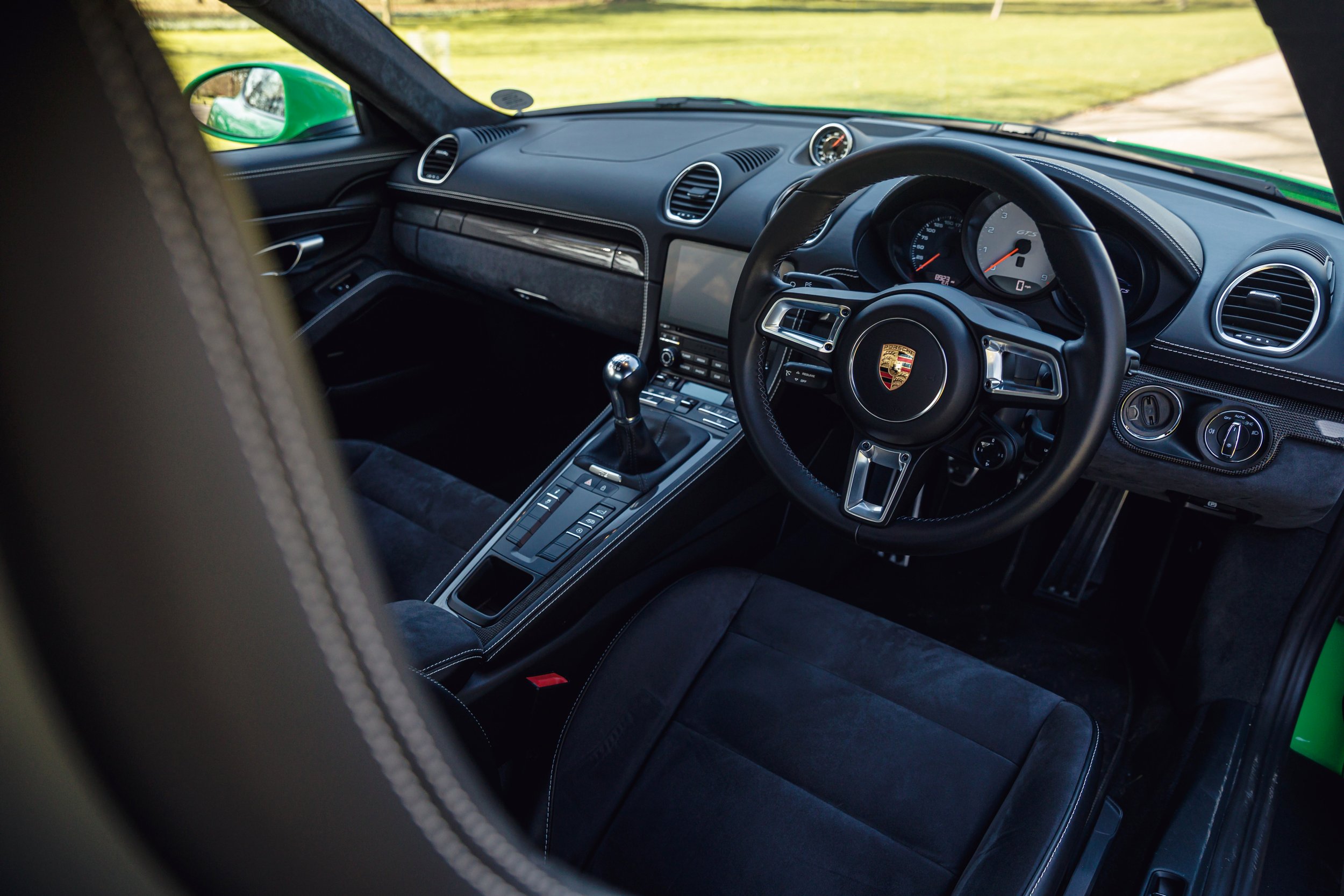
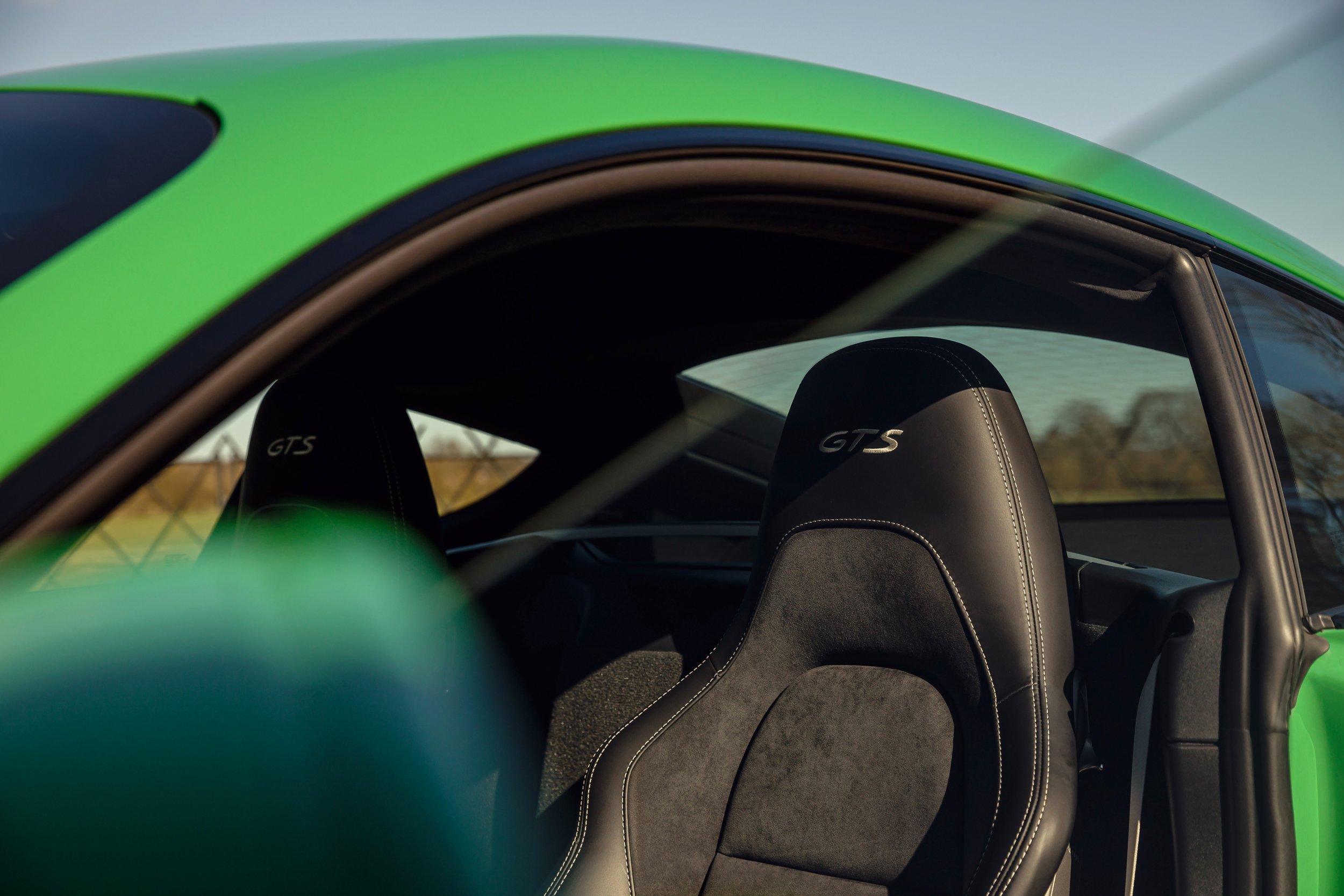
And engagement is what the Cayman does best. On the right piece of road in dry conditions, this is a sports car that inspires confidence and immerses you in the action of driving. The mid-engine chassis is beautifully balanced. It doesn’t rotate on demand like a BMW M2 Competition, but it will still play the hooligan when you get the mass moving, and there’s reasonable margin for error should you let the rear run away with you. On a technical piece of road, the front end tucks in to corners, the rear follows faithfully, and you can feel the car pivot around you. There’s a little roll in the chassis which helpfully communicates how much of the tyre you’re leaning on, but you have to be taking real liberties before it starts understeering in to the nearest hedge. As standard, it comes with Porsche Active Suspension Management (PASM) which gives you adaptive dampers and lowers the ride height by 20mm, as well as the Sport Chrono Pack which allows you to cycle through normal, sport, sport +, and individual driving modes. Whichever mode you’re in, the GTS feels composed and sure-footed over a bumpy road, and even in it’s firmer setting the ride is never crashy. All of that composure is met with pinpoint-accurate steering and a brake pedal with plenty of feel. It ebbs and flows down a road, and there’s a real sense that it reacts with immediacy to your inputs. You can’t help but feel at one with it.
The cabin is also driver-centric. It’s not overloaded with fancy screens, buttons or technology. It’s simple and offers everything you need, not what it thinks you might want. The driving position is as perfect as any I’ve sat in with loads of adjustment and the ability to get low in with the centre of gravity, and the manual gearstick is always to hand. The infotainment screen measures a modest 7-inches and I’ll be honest, I didn’t spend much time exploring the system because I was too busy having fun. It’s there, it does the job, and I’m sure that’s how most GTS drivers will view it. One thing that can’t be overlooked though, is the fit and finish of the cabin. It may be simple, one would argue dated, but the quality of the materials and the precision with which it’s made is undeniable. The leather, Alcantara, and tight fit scream quality, and the Porsche pop-out cupholders continue to be a small but ingenious innovation that never fails to satisfy. Porsche have towed the line between giving you everything you need without distracting you from the business of driving, and they’ve done it well.
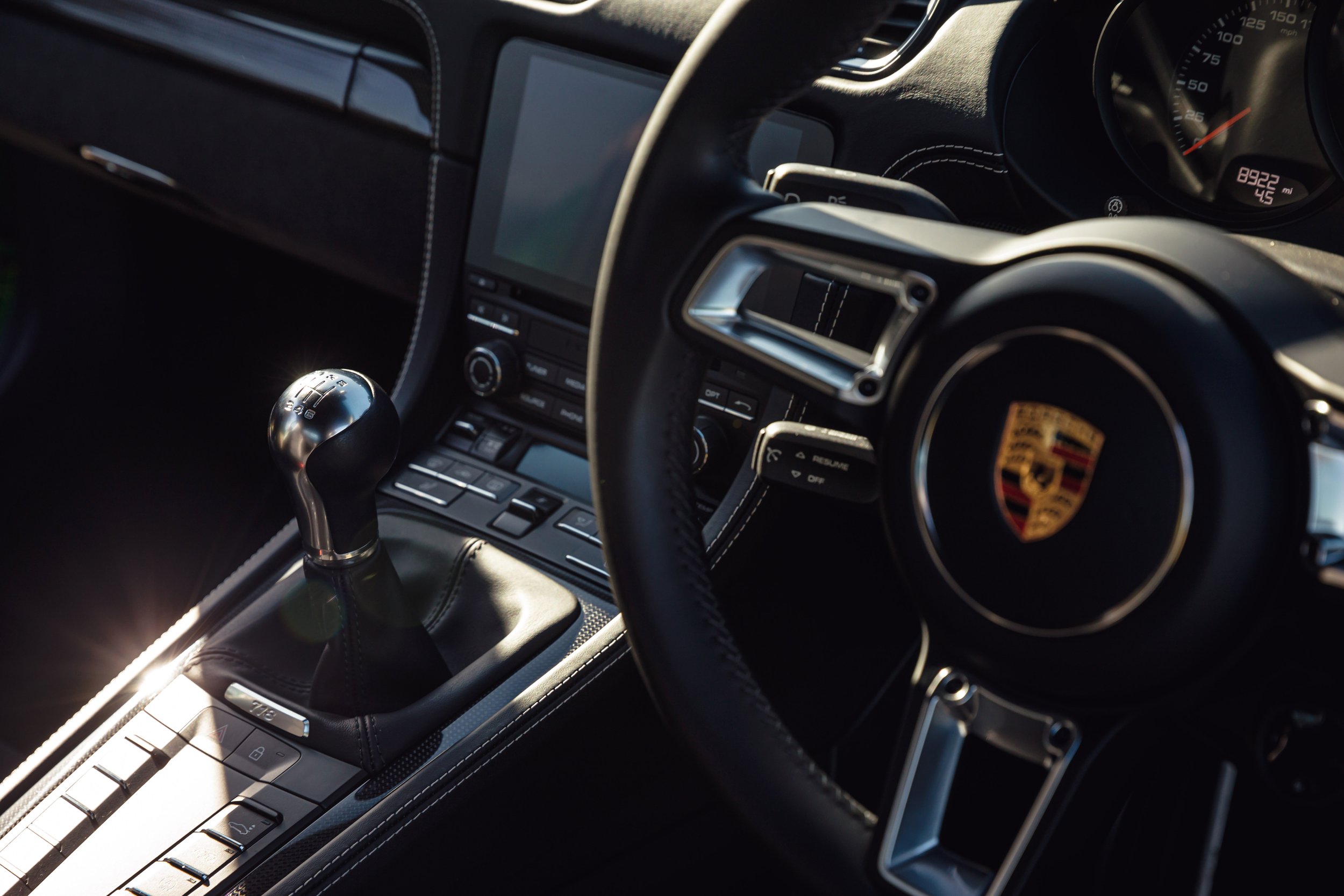
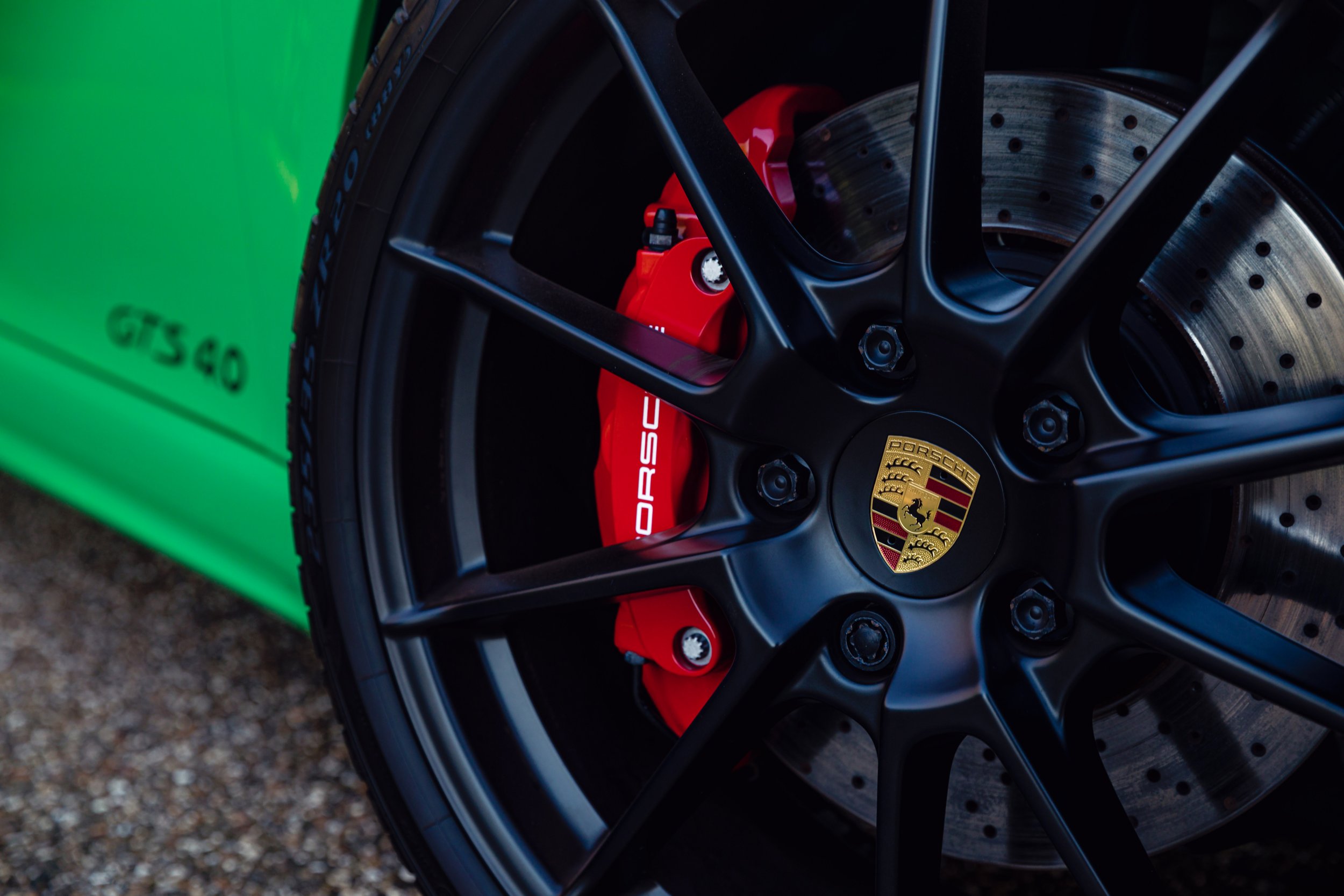
If you want a sports car made by Porsche then the Cayman GTS 4.0 is an easy choice over a 911. GT models aside, the 911 is a far more mature proposition and if outright fun is what you seek, then the Cayman is what you should buy. At just under £65,000, the GTS also undercuts the GT4 with which it shares its engine by around £10,000, and you can also walk in to a dealer and buy one whereas a GT4 is much more difficult to get your hands on. The four-cylinder Caymans still have their place in the range, but GTS 4.0 is a better car, end of story. Objectively, it’s also a more immersive car than a BMW M2 Competition. You get where we’re going with this … if you’re in to driving, then the Porsche Cayman GTS 4.0 is a car that should be high on your list for consideration. It also feels like a bit of an apology letter to the enthusiasts. People were really angry when the 718 Cayman and Boxster were introduced with four-cylinder engines, and bowing to the pressure shows that Porsche value their customer base at a time when other manufacturers are too busy pushing products that meet current and future legislation. Cayman GTS 4.0 is a car that’s been pushed out by an engineering department, not a marketing team, and even though Porsche is investing heavily in to EV and hybrid powertrains, cars like the GTS 4.0, manual 911 and the latest GT3 show that they have little interest in giving up on what makes the brand special. Thank you, Porsche.
Technical Specifications
Engine: Flat-six, naturally aspirated
Displacement: 3,995cc
Power: 395bhp @ 7,000rpm
Torque: 310lb ft @ 5,000rpm
Transmission: 6-speed manual, RWD
0-62mph: 4.5 secs
VMAX: 182mph
Kerbweight: 1,405kg
Price: £75,300+ (when new)
9/10
Rating
“It asks you to work for the performance and then rewards you or it”
